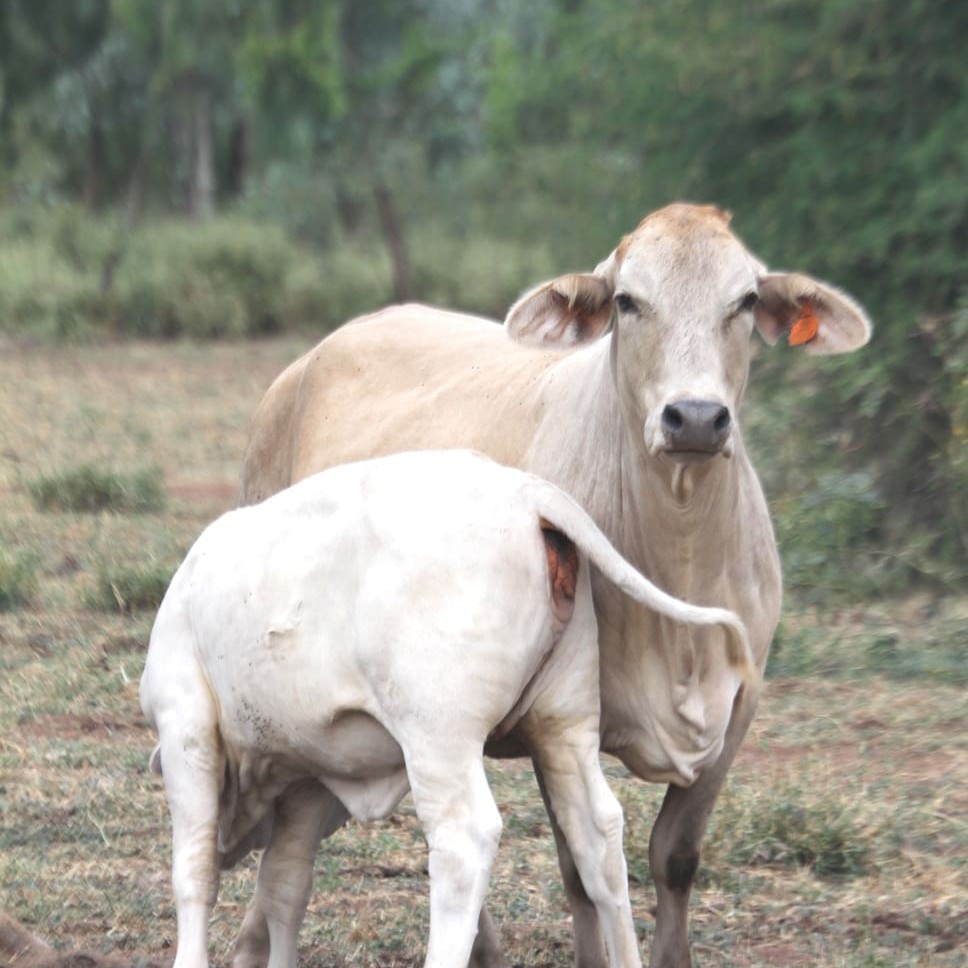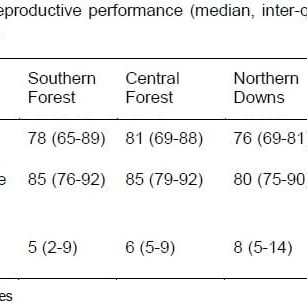One of the largest and most comprehensive cattle research projects ever conducted across northern Australia has unearthed a treasure trove of opportunity to improve the region’s reproductive performance.
The ambitious CashCow project, started back in 2007, has now been completed and a final project report was released by MLA last week.
 Its objective has been to explore the complex set of challenges which impact on beef cow reproductive performance across northern Australia, and provide some solutions for future improvement.
Its objective has been to explore the complex set of challenges which impact on beef cow reproductive performance across northern Australia, and provide some solutions for future improvement.
It’s long been known that fertility and reproductive performance across many areas of northern Australia contrasts dramatically with typical performance seen further south, for a variety of reasons. With more than half the nation’s beef herd now located in the northern Australia region (Queensland, the NT and northern parts of WA), any shift in fertility performance across the region has industry-wide implications.
The research team put together to devise and manage the project included many of the nation’s best known animal reproductive scientists, nutritionists, veterinarians and specialists in other disciplines.
Over four consecutive years since 2008, a large field team has assessed the reproductive performance of 78,000 commercial breeding cows using a crush-side electronic data capture system. For example, foetal age scanning was used at the time of annual pregnancy diagnosis to enable the month of conception and calving to be estimated.
The cattle involved in the exercise were managed in 142 separate mobs, located on 72 commercial northern Australian breeding properties.
Performance was defined based on percentage of lactating cows pregnant within four months of calving; annual pregnancy rate; percentage foetal/calf loss between pregnancy diagnosis and weaning; and annual mortality rate of pregnant cows.
As can be seen in the table published here, there was marked variation in the reproductive performance of breeders both within and between country types. Four regional country type categories were examined – southern, central and northern forest, and northern downs country.

Cow performance in the Northern forest country, for example, was substantially poorer than in other country types: 35-60pc fewer cows pregnant within 4 months of calving; 6-10pc higher foetal and calf loss; and 6-9pc higher cow mortality rate. The poor performance of Northern forest cows resulted in much lower impacts of other major risk factors than in other country types, such as the effect of body condition score.
In two case studies investigated in the project, 5-6pc adult animal mortalities were shown to reduce the business’s operating margin by about 20c/kg of all liveweight produced. Therefore, cow mortalities are a significant issue affecting beef production within breeding production systems in north Australia, the report concluded.
A good indicator of what is a commercially achievable level of performance is the 75th percentile mob or cow performance within country type (note for percentage foetal calf loss, the achievable level of performance is the 25th percentile). Therefore, from the table published here, the ‘achievable’ percentage P4M for cow mobs is 89pc in the Southern forest, 88pc in the Central forest, 81pc in the Northern downs, and 47pc in the Northern forest. The achievable foetal/calf losses were calculated at 2pc in the Southern forest, 5pc in the Central forest, 5pc in the Northern downs, and 9pc in the Northern forest.
An important outcome from the project has been the establishment of methods of estimating liveweight production from northern breeding herds, and an achievable level determined for each country type.
The impacts of no less than 83 property, environmental, nutritional, management, and infectious disease factors on performance were investigated as part of the CashCow project. The major factors affecting performance included:
- country type
- time of previous calving
- wet season phosphorous status
- cow body condition
- hip-height
- cow age
- cow reproductive history
- severity of environmental conditions, and
- occurrence of mustering events around the time of calving.
CashCow conclusions
Some of the main CashCow conclusions included:
- The large variation in production and performance suggested there is potential for many businesses to improve their reproductive performance. An understanding of prevailing and achievable performance in a specific environment and season provides opportunities for businesses to better tailor their management.
- Achievable production and performance for the main country types used for breeding in northern Australia have been defined. It may be that annual steer growth in specific environments is a key indicator of achievable liveweight production per hectare from breeding herds.
- The dominant effect of nutrition on cow performance indicated that targeted rangeland and animal management, allied with strategic supplementation are key elements of efficient cow herd management. Major nutritional impacts, some of which is mediated by body condition, were caused by phosphorous adequacy, available pasture, and seasonal conditions.
- Foetal and calf loss is high for many cattle enterprises across northern Australia, and is consistently high in the Northern forest country. The risk factors associated with increased percentage loss suggest that calf viability and failure of suckling as a result of cow, nutritional, and environmental factors are likely to be major causes of calf loss.
- All elements contributing to reproductive potential are severely compromised in the Northern forest country region. This indicates that breeding cow performance R&D and extension in this region should maintain a high focus on non-genetic effects such as weaning, waters, supplements, disease management, and enhancing the calving environment.
- In terms of disease impacts, BVDV (pestivirus) had significant impact on performance of cows exposed at critical times. Likewise with vibriosis, though the specific reason for the observed impact needed further investigation, researchers said. The impact of botulism could not be assessed. In light of the project’s findings, best-practice control measures should be maintained or implemented across the region for all three diseases, the report suggested.
- Large mature cow size was associated with diminished reproductive performance. Attention to both reproductive traits and to mature size in selection of replacement breeding animals should be considered to overcome this.
A range of suggestions for extension and research based on the outcomes from the CashCow project have been put forward.
The establishment of ongoing monitoring of performance of commercial breeder herds was critical to evaluate the effects of various management strategies designed to address the major factors affecting performance identified in the CashCow project, the report authors said.
Further, to take advantage of the findings of the project and other research outcomes relevant to breeding cow herds in northern Australia, producers must have a good understanding of how their beef breeding business is performing, so that the cost-benefit of applying changes can be accurately gauged and efficiently implemented.
An Excel spreadsheet-based method requiring a small amount of readily-measured beef business inputs was developed as part of the CashCow project to generate satisfactory estimates of business indicators, such as operating margin. This data can be utilised in BREEDCOW, and then using the estimates of the effect of specific factors on cow performance derived from the CashCow project, estimates of the effects of each factor on gross margin for herds and partial returns per cow can be determined.
Another key feature of the project was its focus on both production and performance. The function of breeding beef cattle herds is net saleable liveweight production, the primary income source.
Liveweight production in breeding herds is achieved through weaned calves and by cows surviving and gaining weight, which are performance traits and used to indicate where opportunities for improvement exist if production is inadequate.
Further, although weaning rate is the most commonly used measure of performance of breeding herds in northern Australia and the most common proxy for herd productivity, it is very common for culling, re-mating, spaying and other decisions to be made during or after mating or at the time of pregnancy diagnosis and these seriously affect the ability to accurately calculate weaning rate.
Recognising these issues, the CashCow project has developed a series of new measures of performance and related them to liveweight production.
A second feature of this project is that it has identified achievable levels of production and performance for north Australian environments within the current economic framework.
Finally, the project has quantified the effects on cow and mob performance of a large range of nutritional, management, environmental, infectious disease, and phenotypic or genotypic factors.
- More scrutiny of particular aspects of the CashCow project will be published later.
- To access the full CashCow report, click here.
